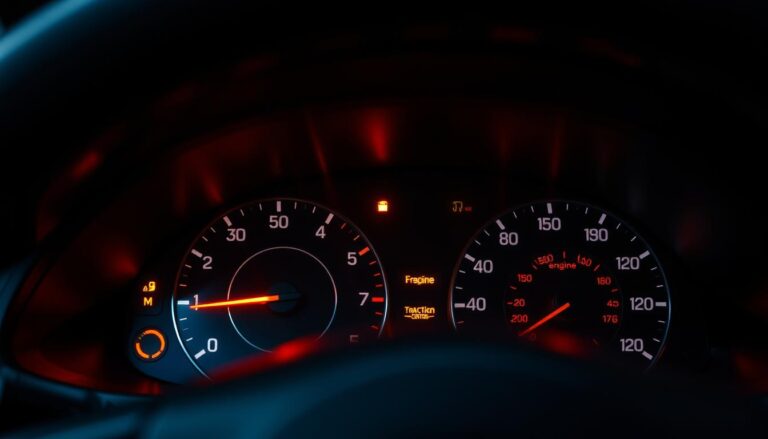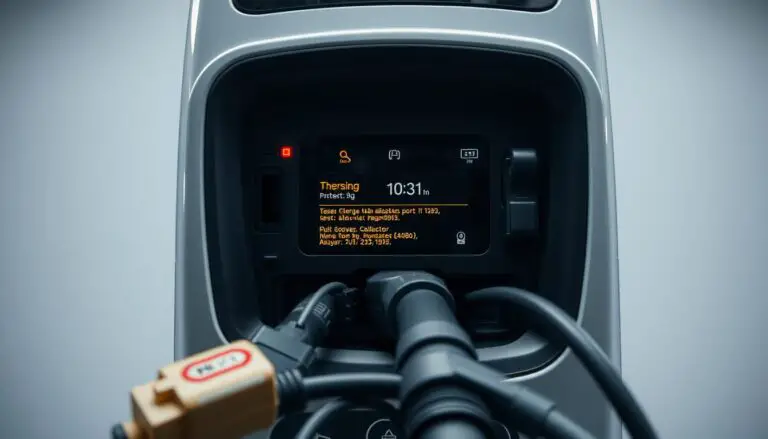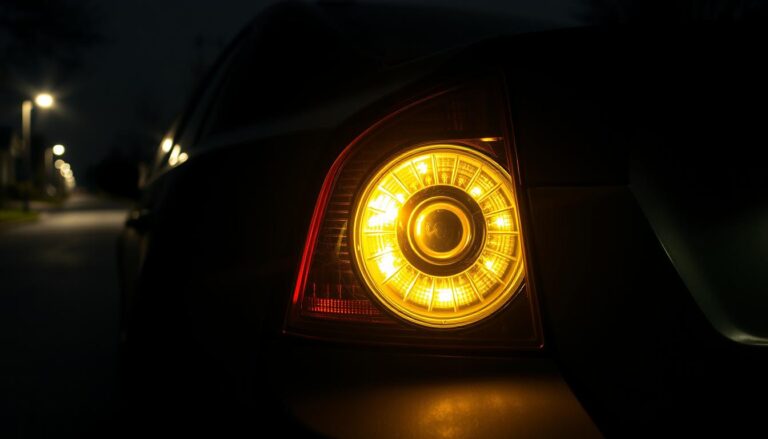Volvos have long been celebrated for their safety innovations and reliable engineering. But when something needs fixing, many owners wonder: are Volvos easy to work on yourself? This question matters whether you’re considering buying your first Volvo or already own one and want to save on maintenance costs. Let’s dive into the reality of DIY Volvo repairs and maintenance.
Key Factors Affecting DIY Volvo Repairs
Several elements determine whether a Volvo is truly “easy” to work on. Understanding these factors will help you decide if DIY maintenance is right for you and your specific model.
Component Accessibility
Accessibility varies significantly between Volvo models. Many owners report that older Volvos (pre-2000) offer excellent access to common maintenance points. As one forum member noted, “Swedish over-engineering can be a good thing. No ball joints to fight with… just remove a couple bolts, loosen a couple more and the darn thing just slides out.”
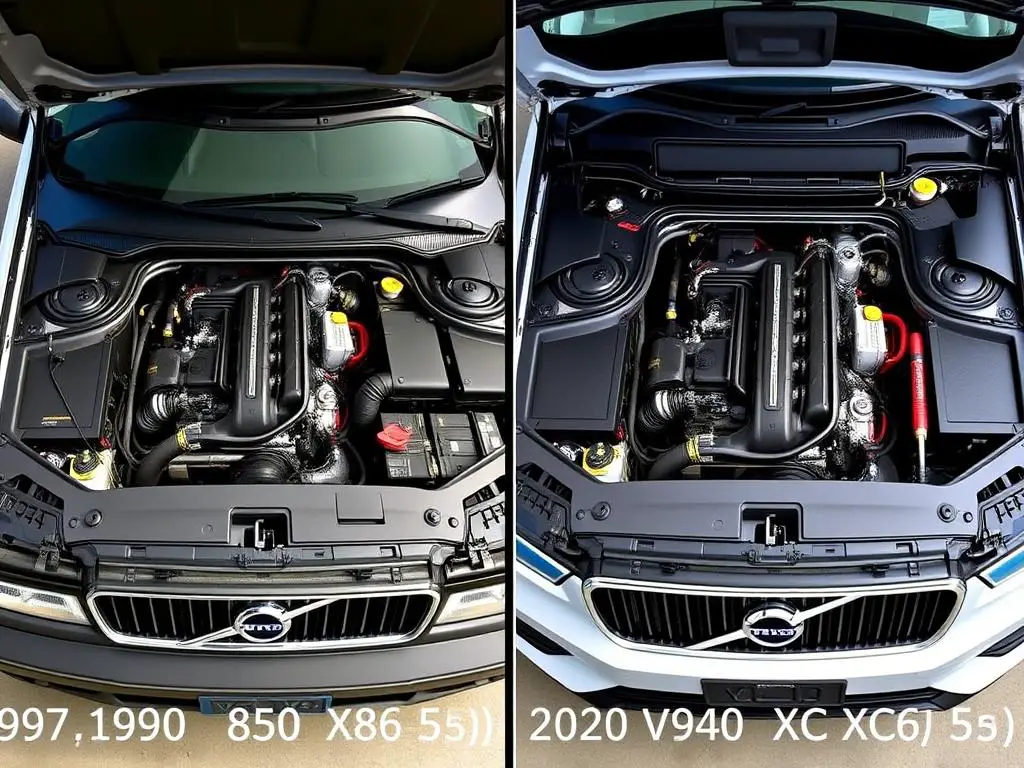
Parts Availability and Cost
While aftermarket parts are widely available for most Volvo models, they can be pricier than parts for more common vehicles. However, many Volvo parts are surprisingly durable—as one owner mentioned, “my original shocks have 210,000 miles on them and still had some life in them.”
Find Genuine Volvo Parts
Access our database of verified Volvo parts suppliers with competitive pricing and guaranteed authenticity.
Diagnostic Systems
Modern Volvos (especially post-2010) utilize sophisticated onboard diagnostic systems. While this can make troubleshooting more precise, it often requires specialized scanning tools that go beyond the basic OBD-II readers used for most vehicles.
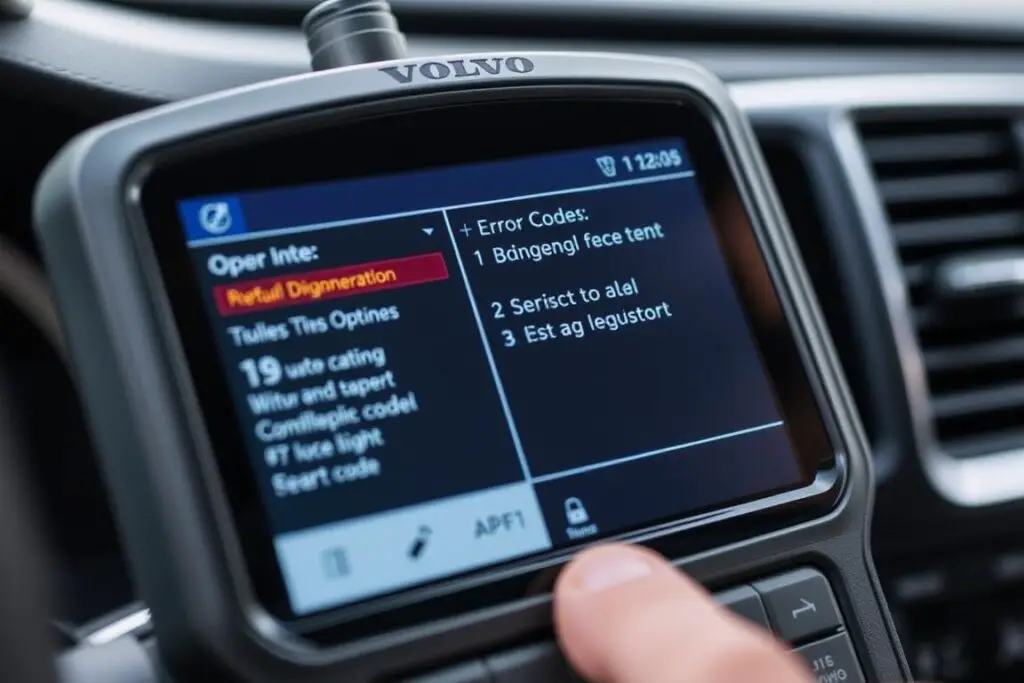
Volvo Model Comparison: DIY-Friendliness
Not all Volvos are created equal when it comes to DIY repair accessibility. Let’s compare different generations and models.
| Volvo Era | DIY Difficulty | Special Tools Needed | Common DIY Jobs |
| Classic (Pre-1998) | Easy to Moderate | Minimal | Oil changes, brakes, alternator, water pump |
| P2 Platform (1998-2006) | Moderate | Some | PCV system, timing belt, suspension |
| P3 Platform (2007-2016) | Moderate to Difficult | Several | Oil changes, filters, basic maintenance |
| SPA Platform (2016+) | Difficult | Many | Limited to basic maintenance |
Older Volvos (Pre-2000)
Older Volvos like the 240, 740, 850, and early V70 models are widely considered the most DIY-friendly. Their engine bays are spacious, components are logically arranged, and most repairs require only basic tools.
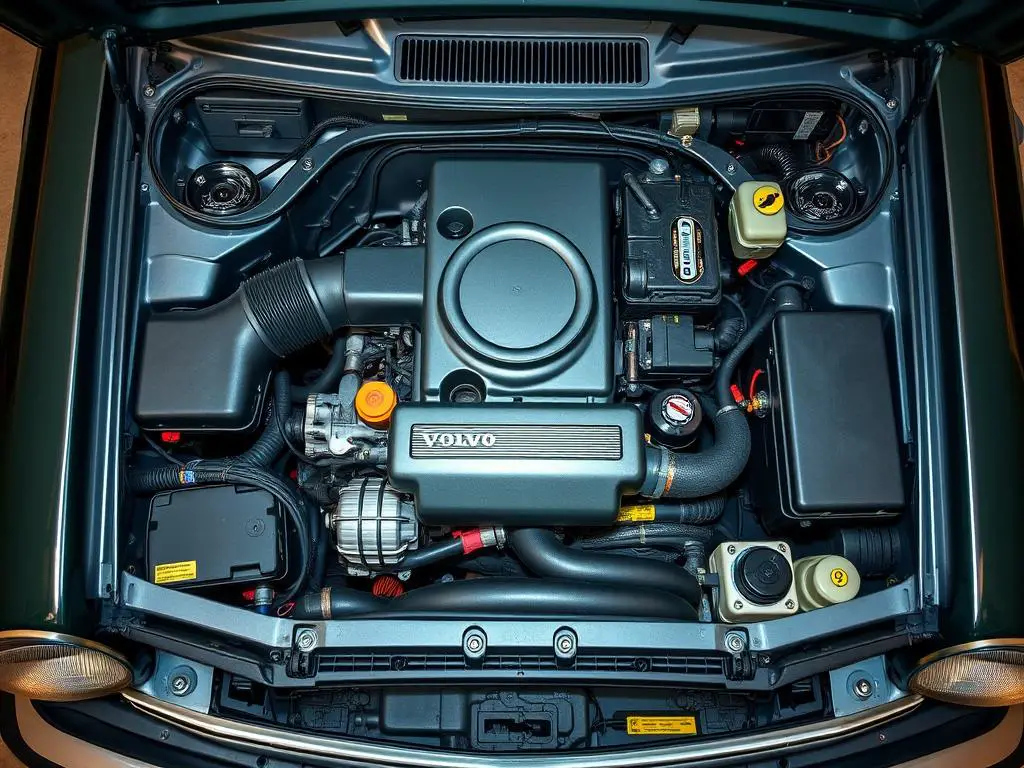
Mid-Era Volvos (2000-2010)
Models like the S60, V70, and XC90 from this era present a mixed bag. As one forum member noted, “I was surprised at how quickly the front bumper comes off,” but others mention challenges with the PCV system and electrical components.
Modern Volvos (Post-2010)
Newer models incorporate more complex electronics and tighter packaging. While basic maintenance remains accessible, deeper repairs often require specialized tools and diagnostic equipment.
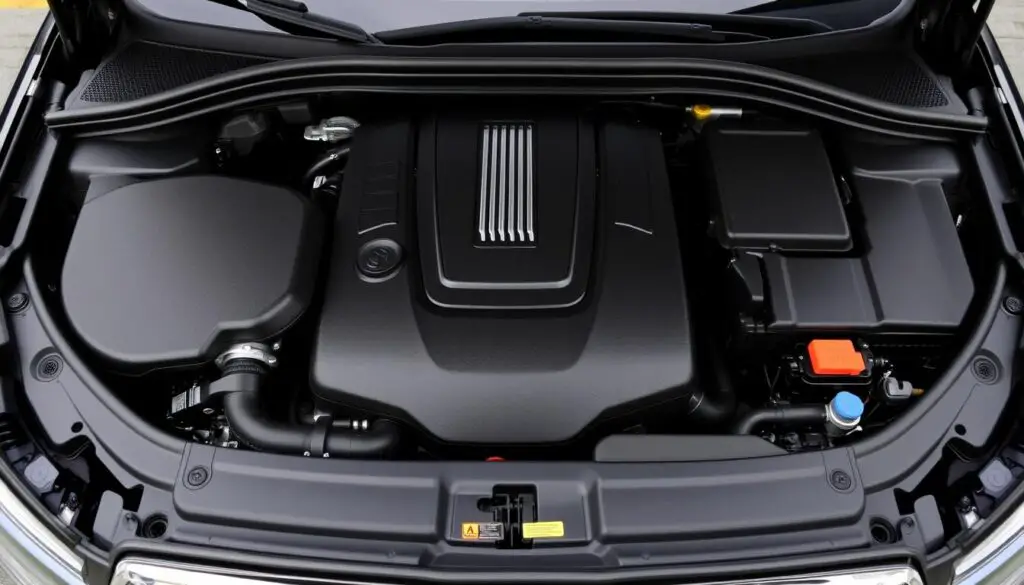
Common DIY Repairs: Difficulty Assessment
Let’s examine some typical maintenance tasks and their difficulty level across different Volvo models.
Oil Change
Difficulty: Easy
Most Volvos have easily accessible oil filters and drain plugs. Older models are particularly straightforward, while newer ones may have underbody panels to remove first.
Time required: 30-45 minutes
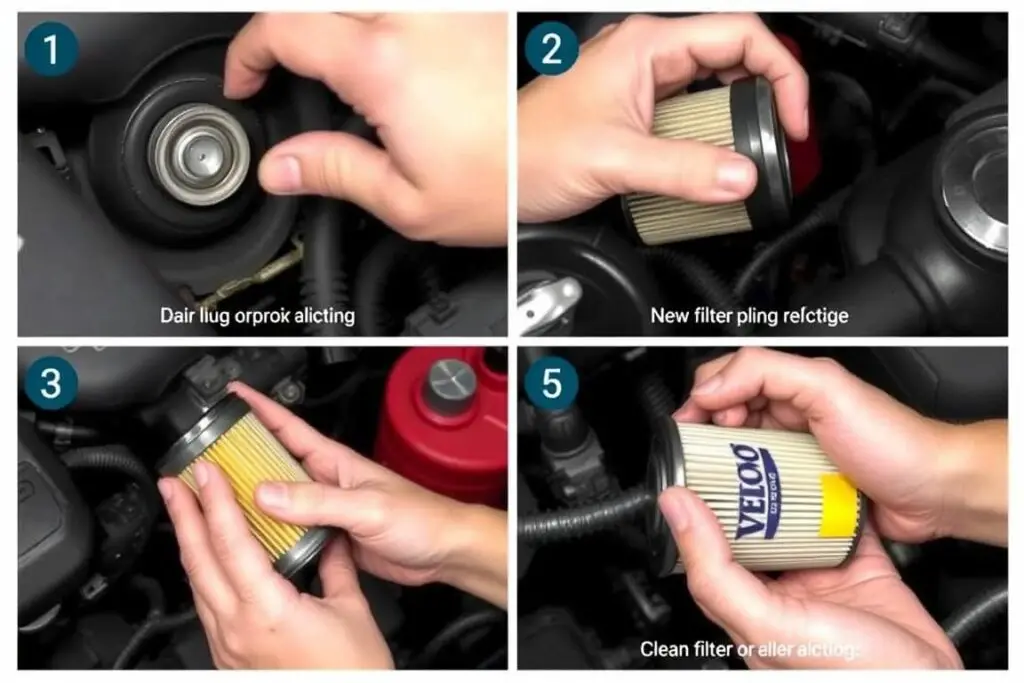
Brake Pad Replacement
Difficulty: Easy to Moderate
Volvo brake systems are generally straightforward. As one owner mentioned, “These cars are not overengineered. There are a lot of self-styled mechanics out there who make life worse.”
Time required: 1-2 hours
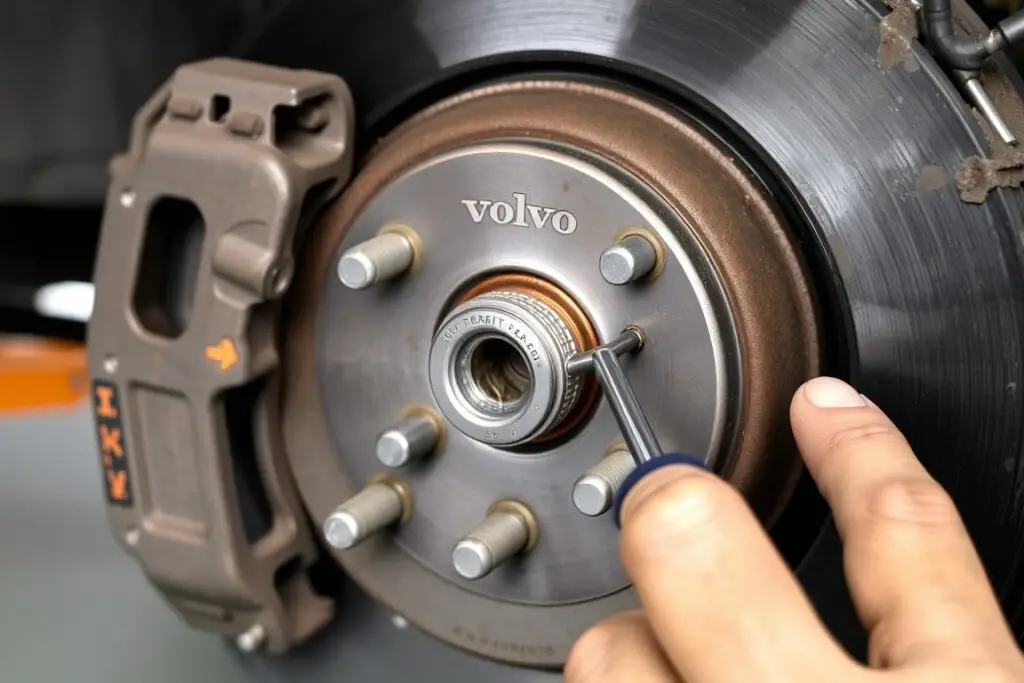
PCV System Maintenance
Difficulty: Moderate to Difficult
The PCV (Positive Crankcase Ventilation) system is a notorious pain point on many Volvos. One forum member noted, “To renew any PCV system should not take hours and hours,” yet it often does due to tight access.
Time required: 3-6 hours
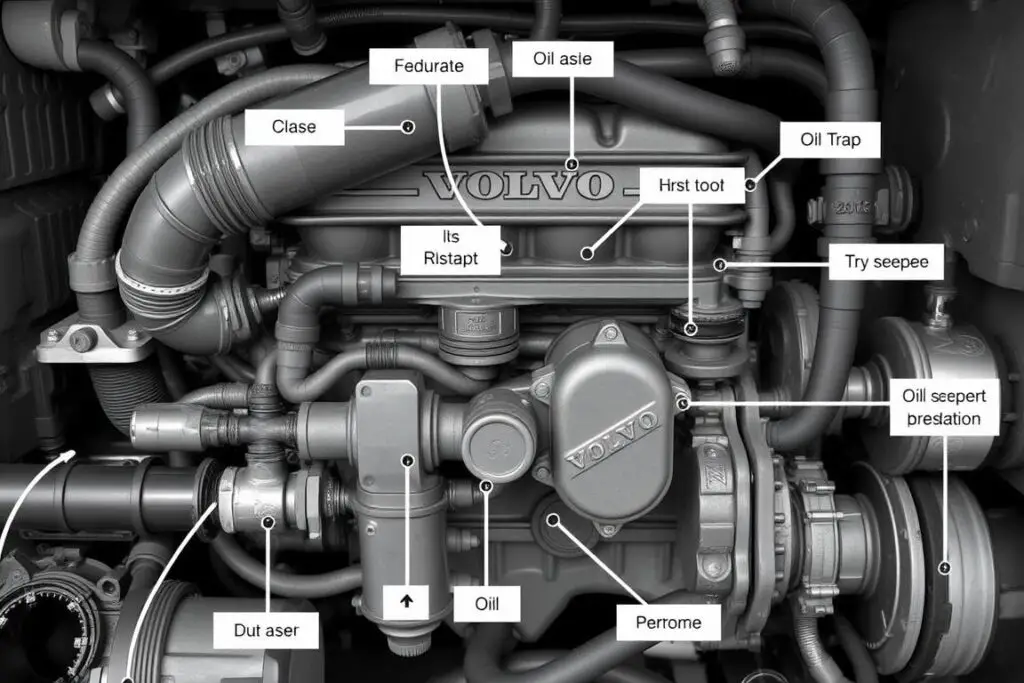
Essential Tools and Resources
Having the right tools and information makes all the difference when working on Volvos. Here’s what you’ll need:
Basic Tool Requirements
- Quality metric socket set (8mm to 19mm)
- Torx bit set (Volvos use many Torx fasteners)
- OBD-II scanner (basic for older models, Volvo-specific for newer ones)
- Jack and jack stands rated for your vehicle’s weight
- Oil filter wrench (specific to your model)
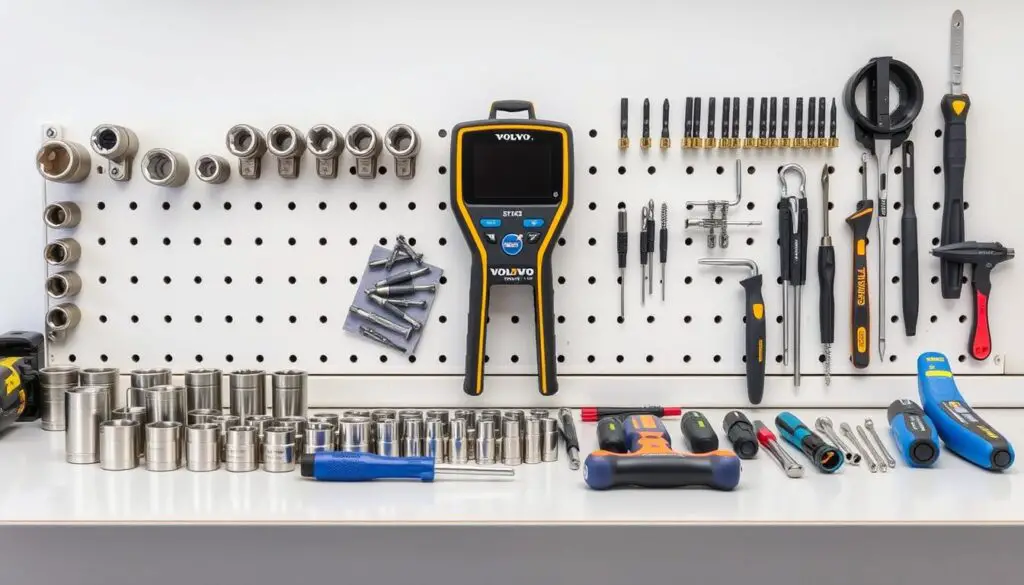
Specialized Volvo Tools
Some repairs require Volvo-specific tools. For example, timing belt replacement on many models requires special tensioning tools. Consider investing in these if you plan to tackle more complex repairs.
Information Resources
Access to quality repair information is crucial. As one forum member put it, “Thanks to this site and a couple others, I had very good instructions on how to do it.”
Online Communities
- VolvoXC.com Forums
- Swedespeed
- Matthews Volvo Site
- Reddit r/Volvo
Repair Manuals
- Haynes Manuals
- Bentley Publishers
- VIDA (Volvo’s official repair database)
- Model-specific workshop manuals
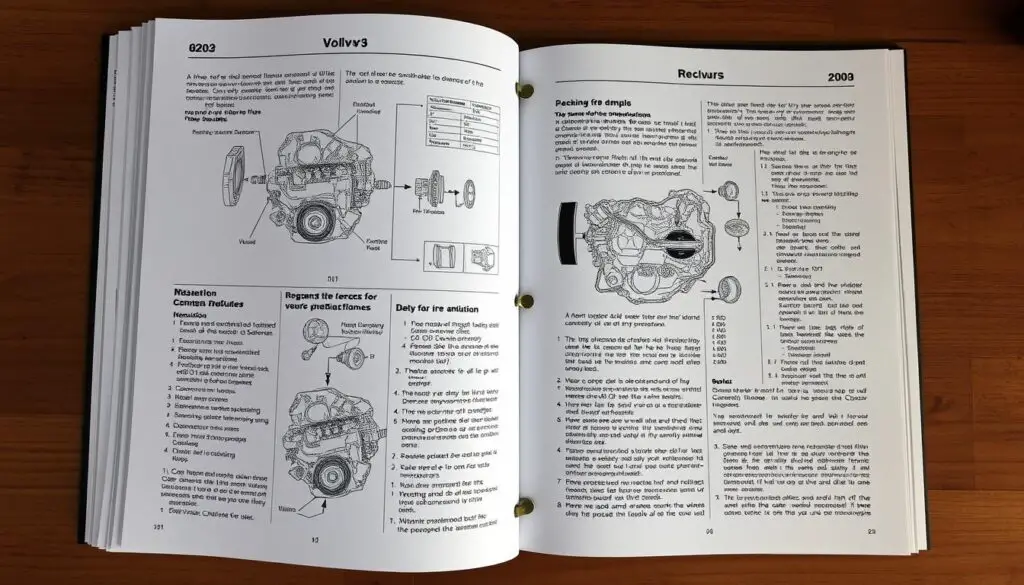
What the Experts Say
We’ve gathered insights from mechanics, long-time Volvo owners, and automotive technicians to get their perspective on DIY Volvo maintenance.
“I have a theory about more expensive vehicles. They’re like a high-maintenance girlfriend. Spend the money on the upkeep and they’ll take care of you. But if you slack on giving them money for maintenance, they’ll fail you.”
“These cars are not overengineered. There are a lot of self-styled mechanics out there who make life worse by not researching sufficiently and neglecting things like torque values.”
“I would say poorly engineered rather than over engineered. PCV (breather system) which if left original, plus adding standard or less than standard oil changes messes everything up.”
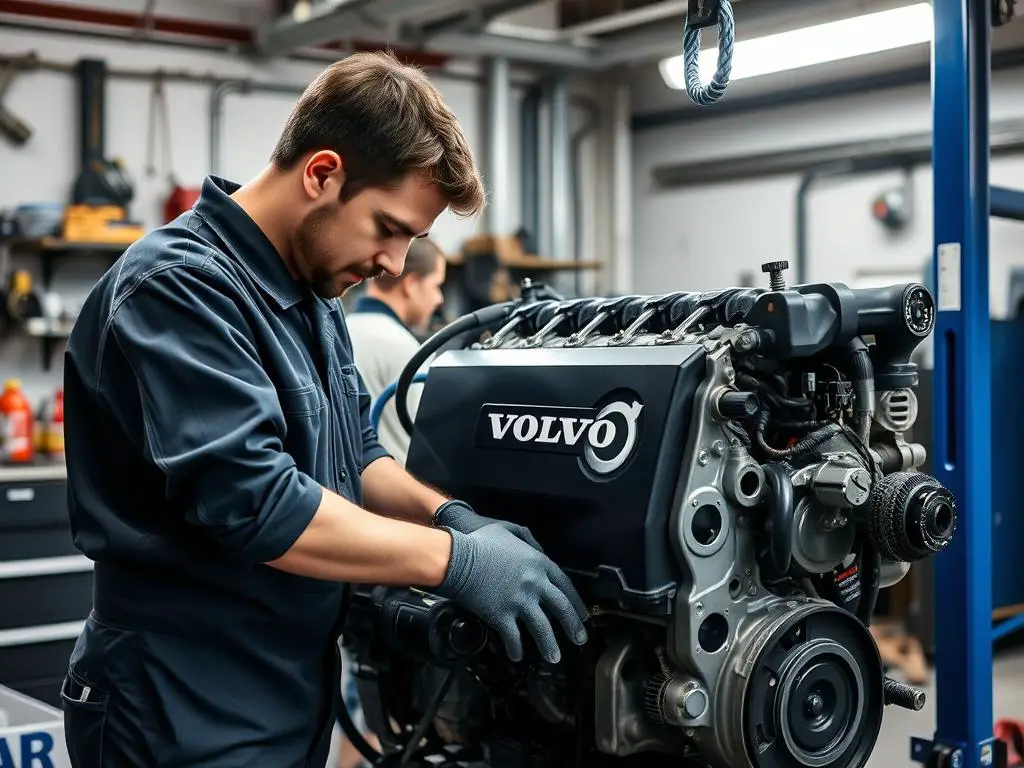
Expert Consensus: Older Volvos (pre-2000) are generally DIY-friendly with logical component layouts. Newer models require more specialized knowledge and tools but still allow for basic maintenance by owners willing to learn.
Frequently Asked Questions
Are Volvos expensive to maintain?
Volvos typically cost more to maintain than mainstream brands like Toyota or Honda, but less than luxury German brands. DIY maintenance can significantly reduce costs. As one owner noted, “I just wish I had read around before getting jumpy and taking it to the repair shop the first time. I coulda saved myself some serious cash.”
Can I service my Volvo at home without voiding the warranty?
Yes, under the Magnuson-Moss Warranty Act, manufacturers cannot void your warranty simply because you performed maintenance yourself. However, you must follow proper procedures and use appropriate fluids/parts. Keep detailed records and receipts of all maintenance performed.
Which Volvo models are easiest to work on?
Generally, older models like the 240, 740, 850, and early V70/S70 series (1993-2000) are considered the most DIY-friendly. The P2 platform vehicles (2001-2007 S60, V70, XC70) are moderately accessible, while newer models present more challenges for DIY mechanics.
Do I need special tools to work on a Volvo?
Basic maintenance requires only standard metric tools, but some repairs (especially on newer models) require specialized tools. Timing belt service, suspension work, and some electrical diagnostics may require Volvo-specific tools that can be purchased or sometimes rented from auto parts stores.
Conclusion: Are Volvos Easy to Work On?
The answer is nuanced and depends on several factors:
Volvo DIY Pros
- Logical component layout (especially in older models)
- Robust online community support
- Durable parts that often exceed expected lifespan
- Consistent design philosophy across model years
- Excellent documentation and repair manuals available
Volvo DIY Challenges
- Higher parts costs compared to mainstream brands
- Some systems (PCV, EVAP) can be complicated to service
- Newer models require more specialized diagnostic tools
- Certain repairs have tight access constraints
- Some maintenance intervals are optimistically long from factory
As one forum member aptly summarized: “Owning a Volvo is such a love/hate thing. You love it when it’s working right, but you HATE it when something goes wrong…again.”
For the DIY-inclined owner, Volvos—particularly older models—offer a reasonable balance of accessibility and engineering quality. With proper research, the right tools, and a willingness to learn, many Volvo owners find satisfaction in maintaining their vehicles themselves and saving significant money in the process.

